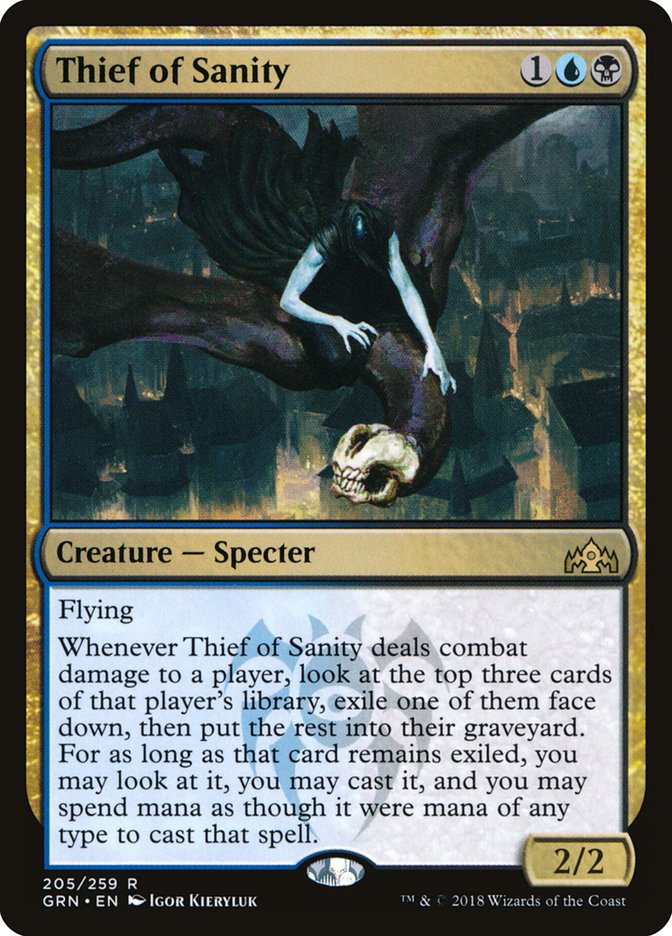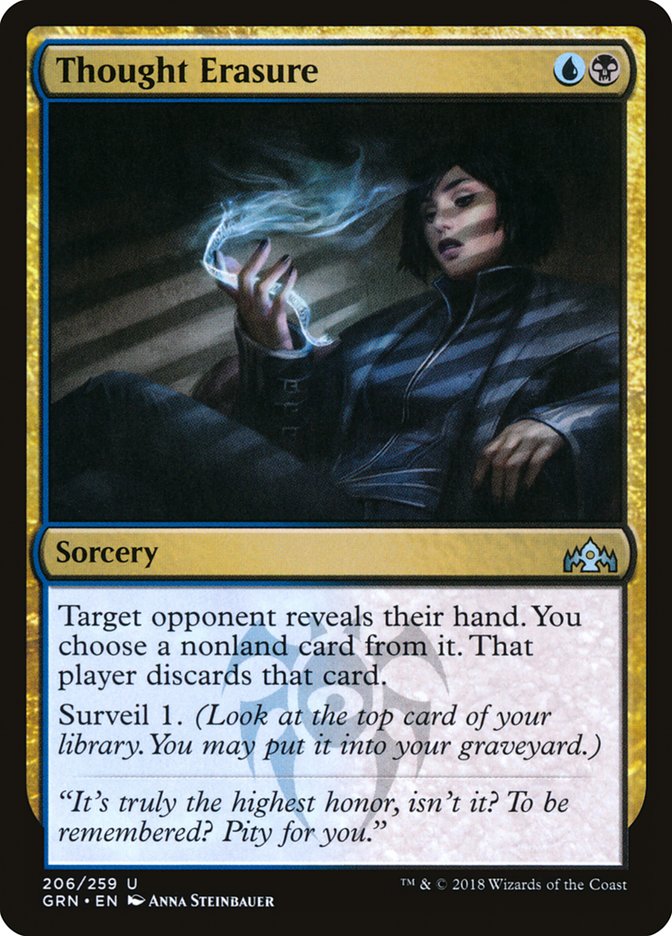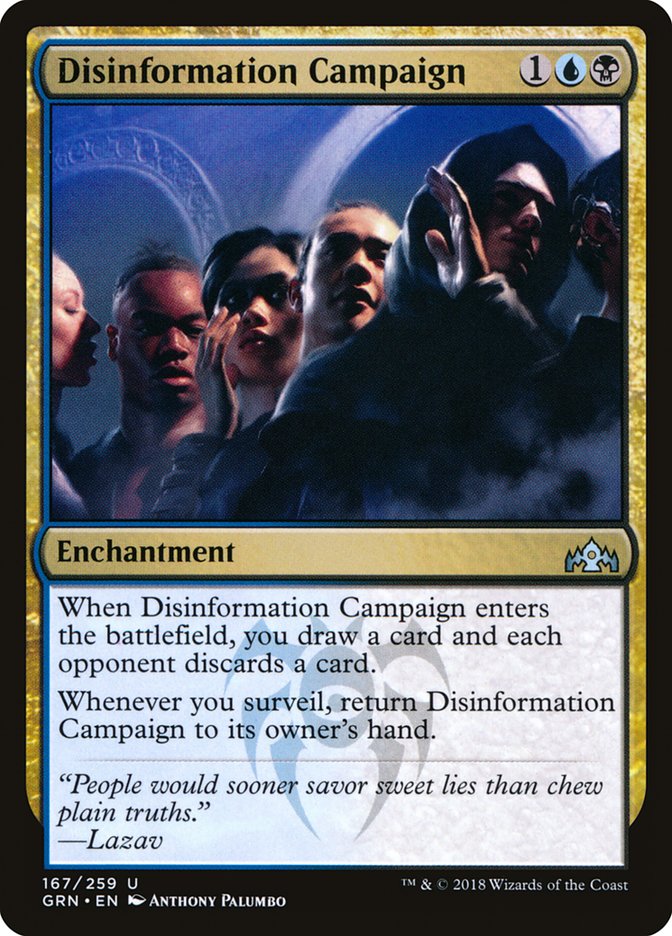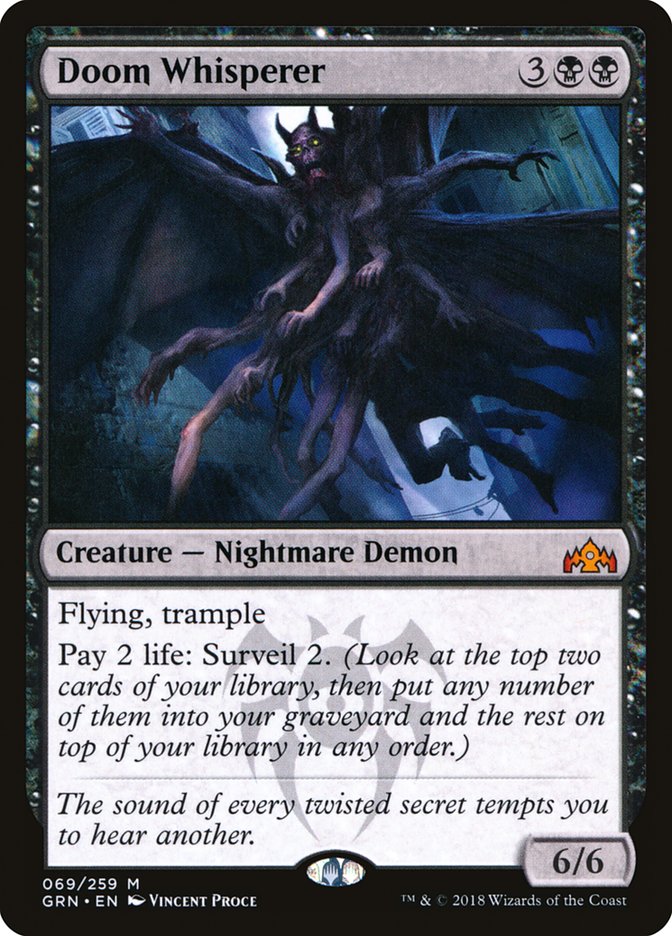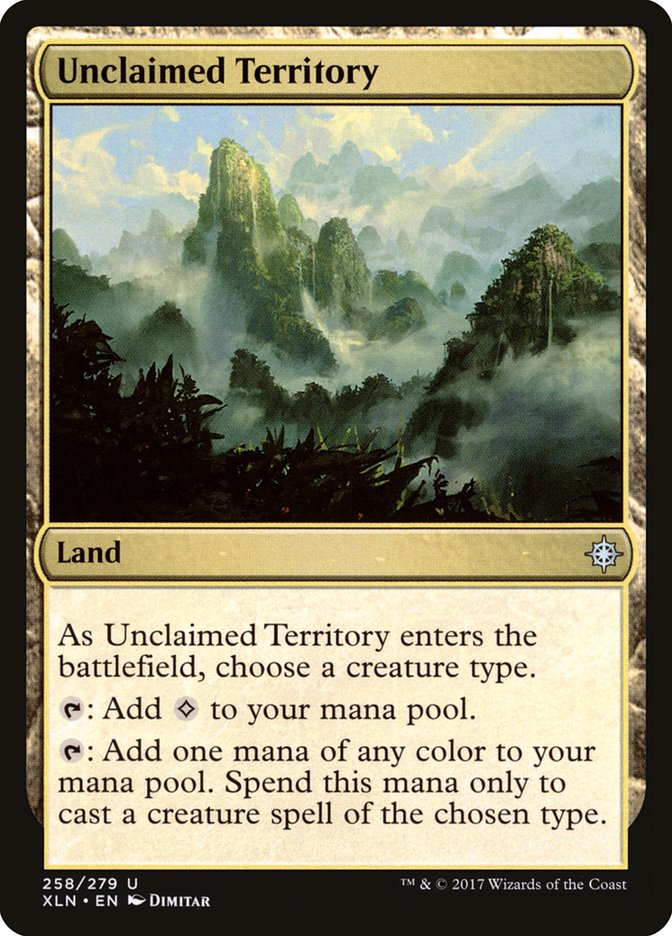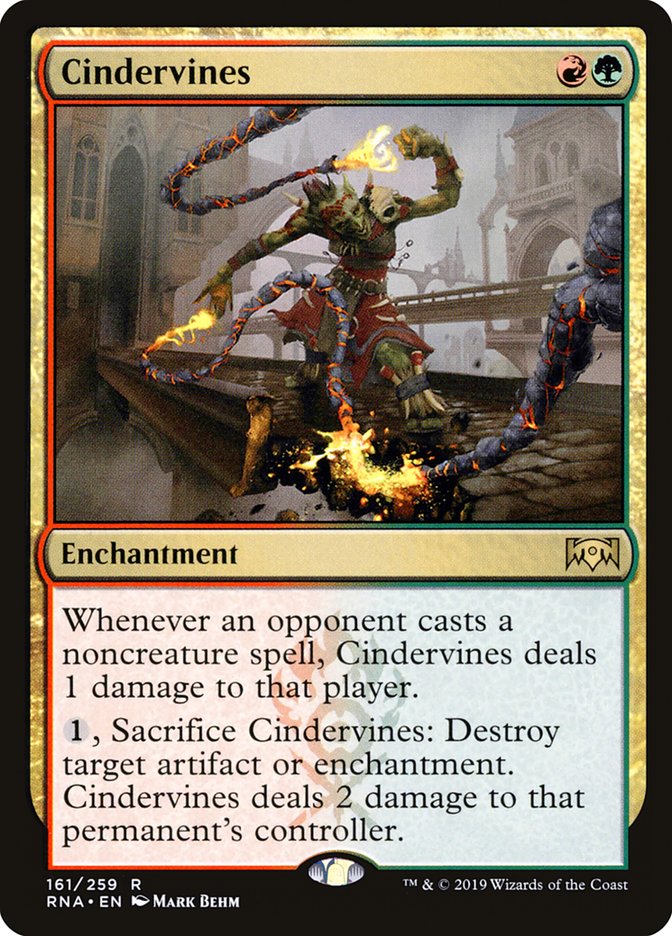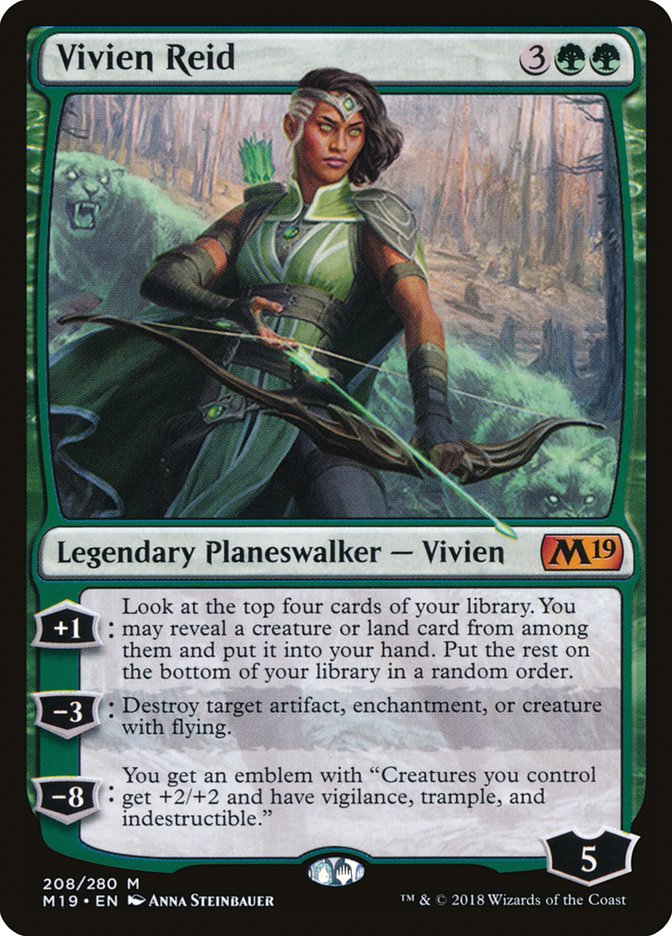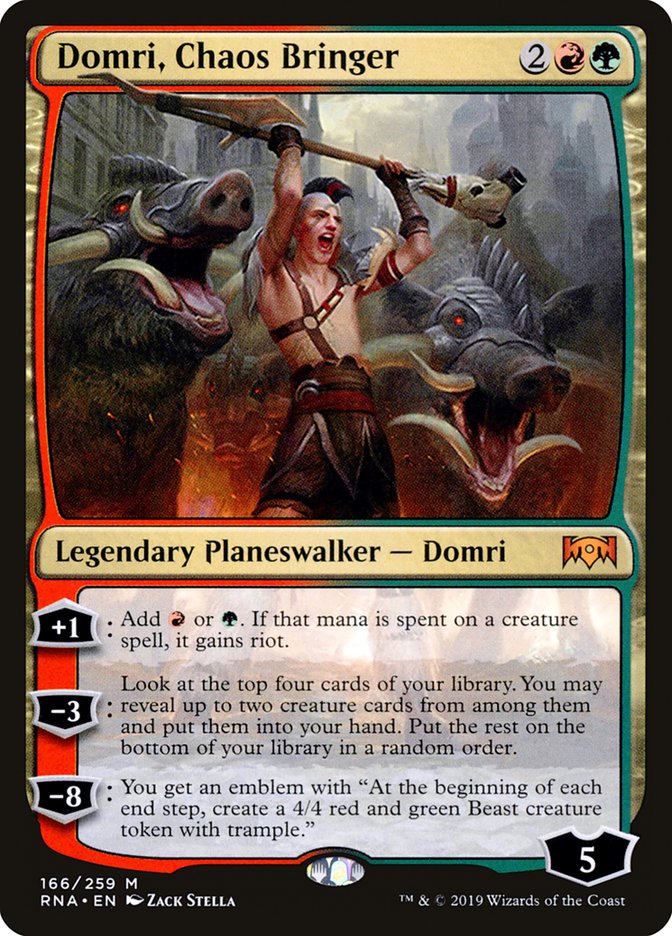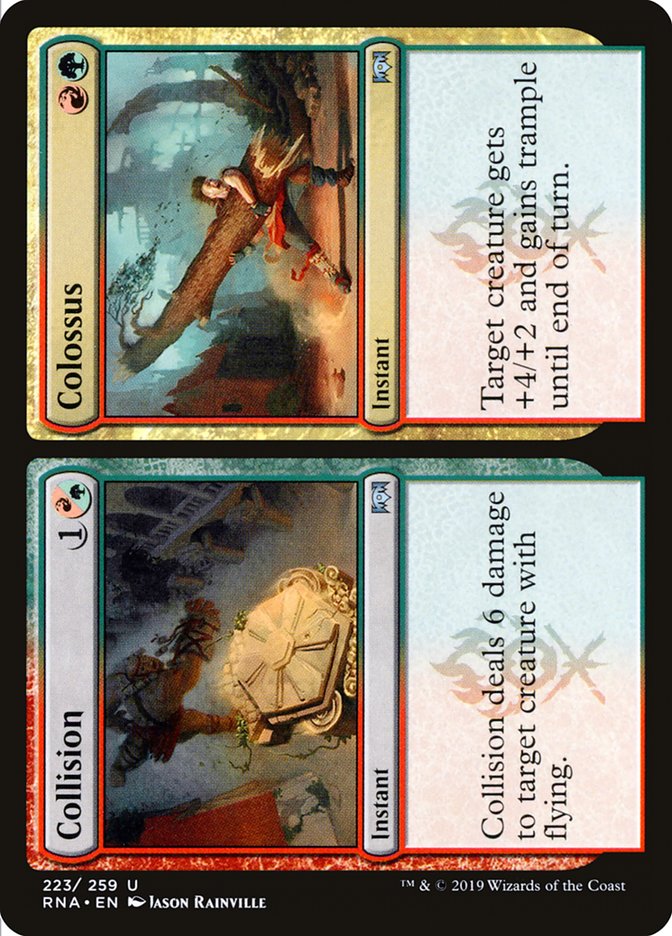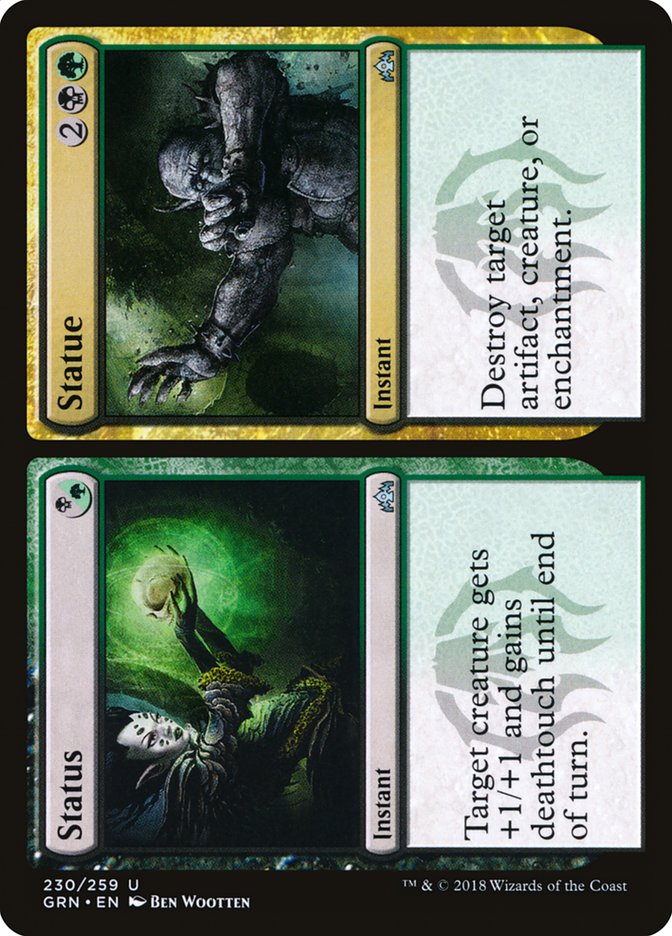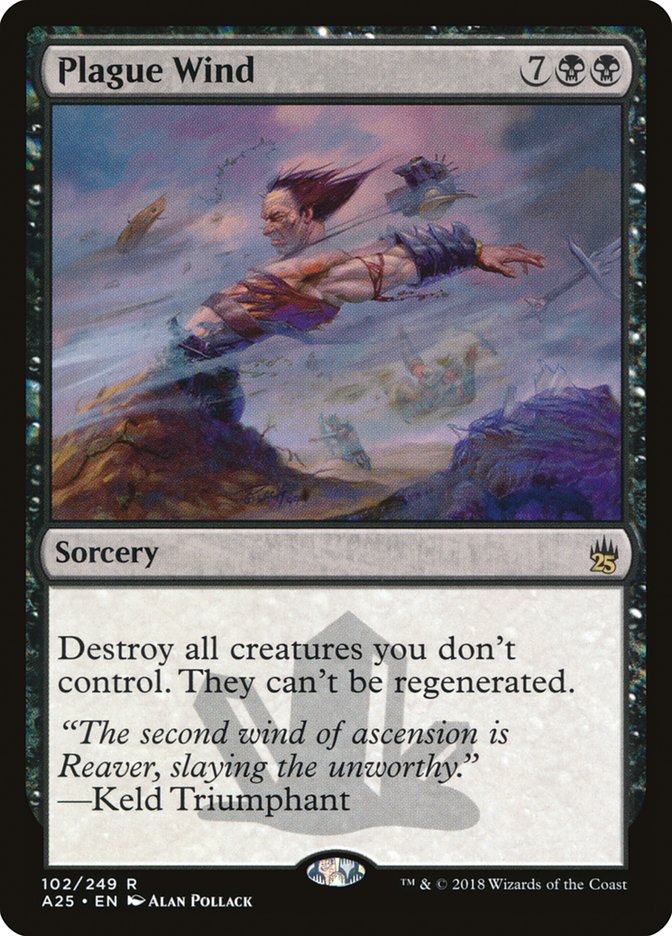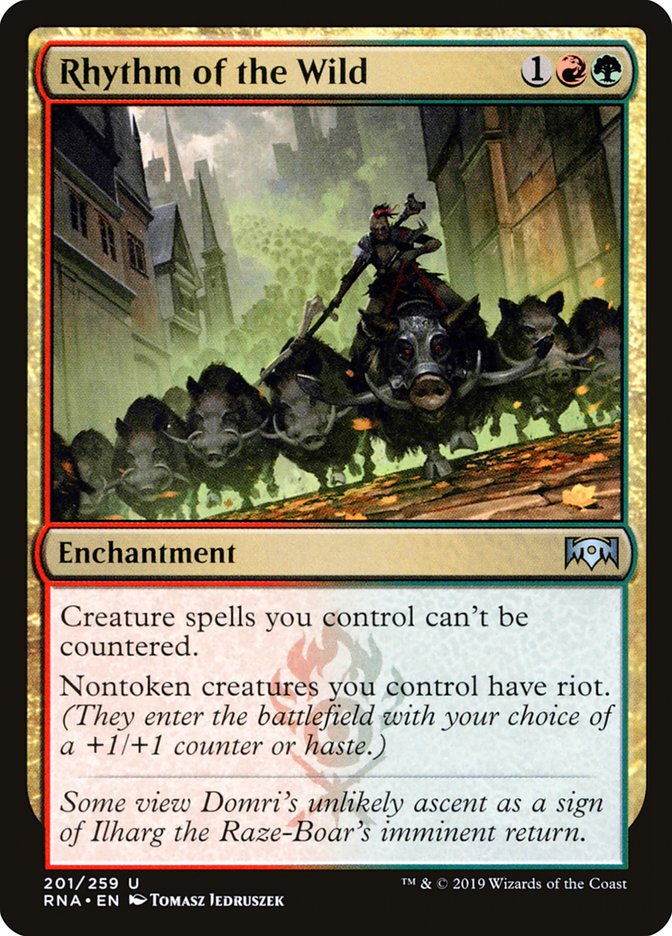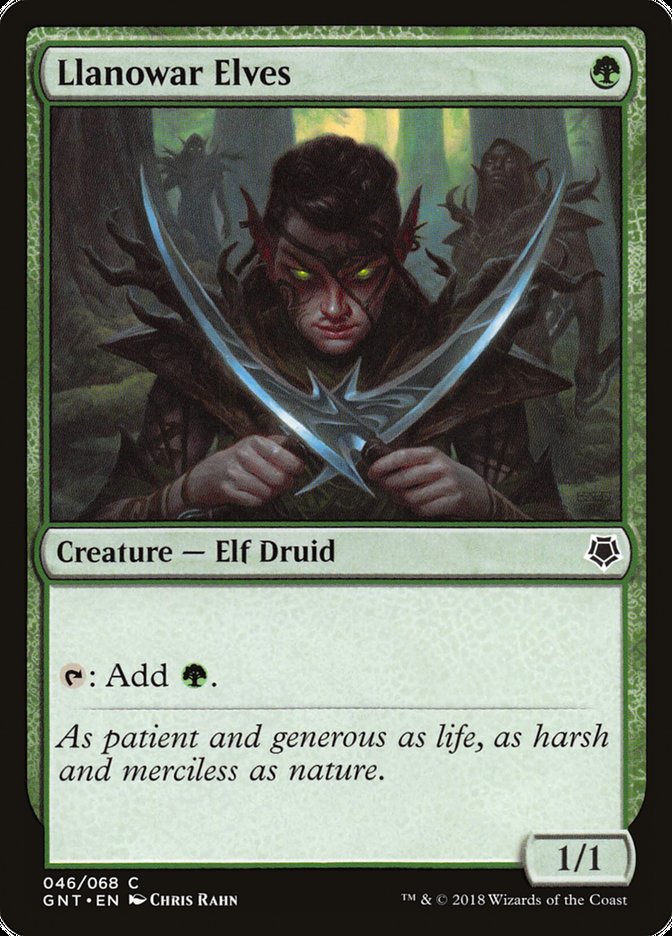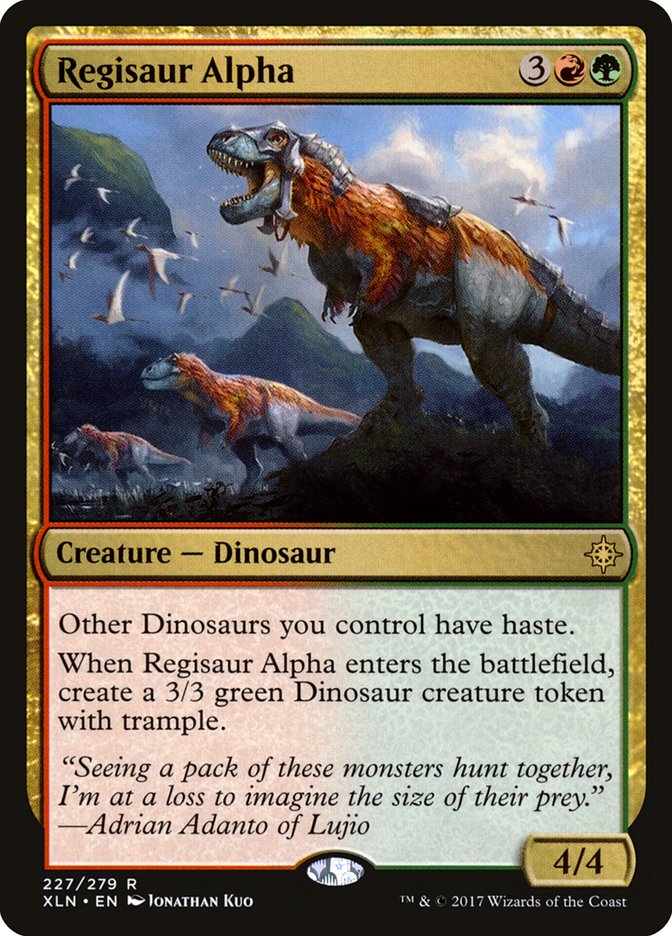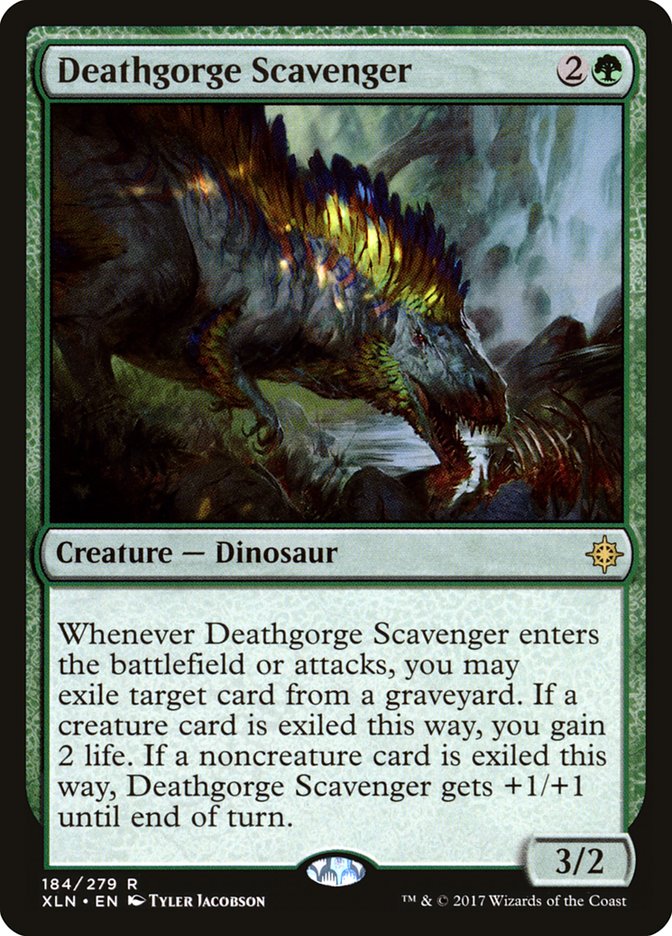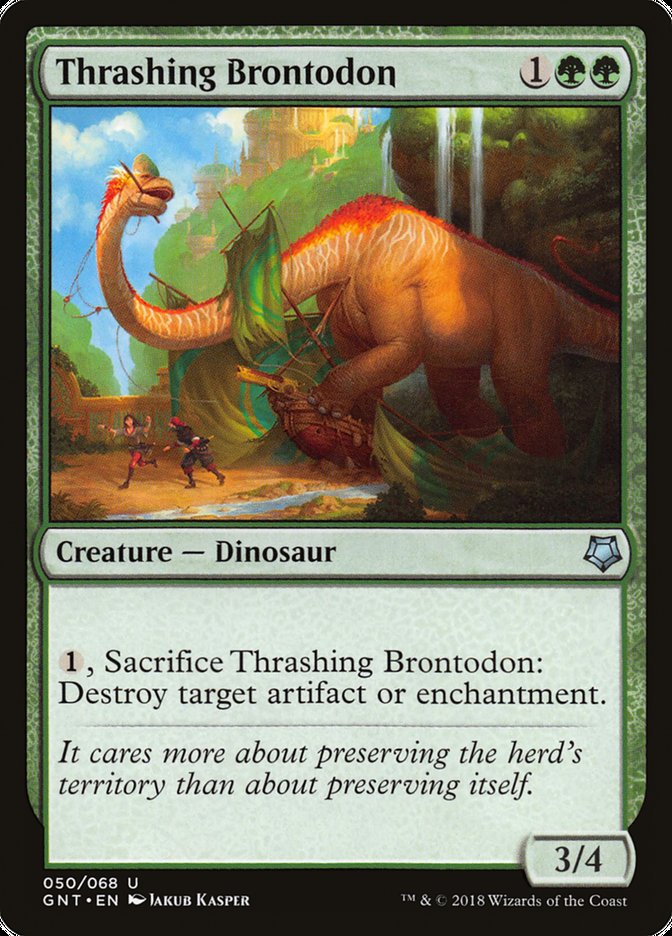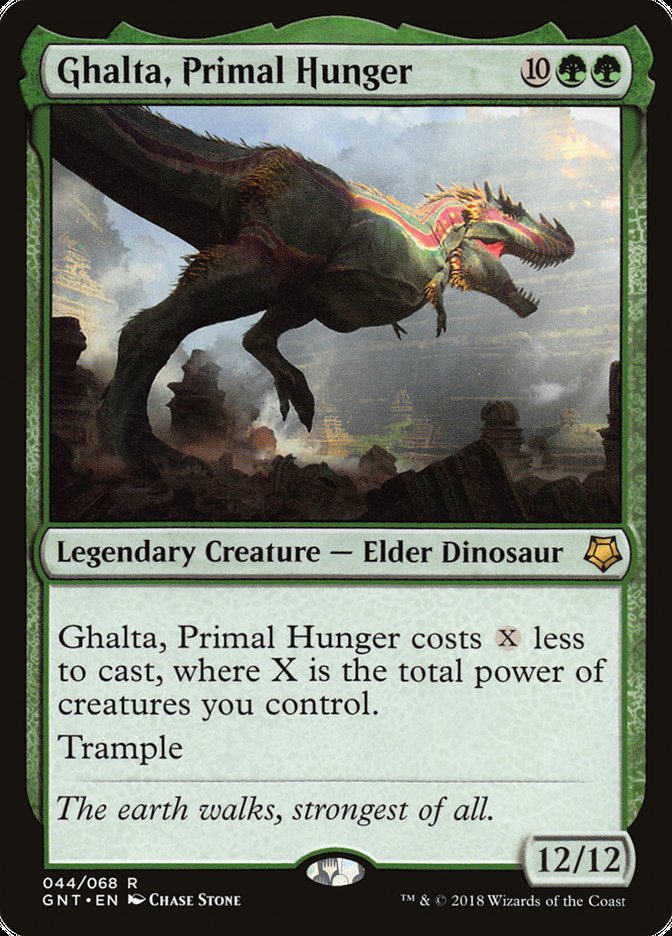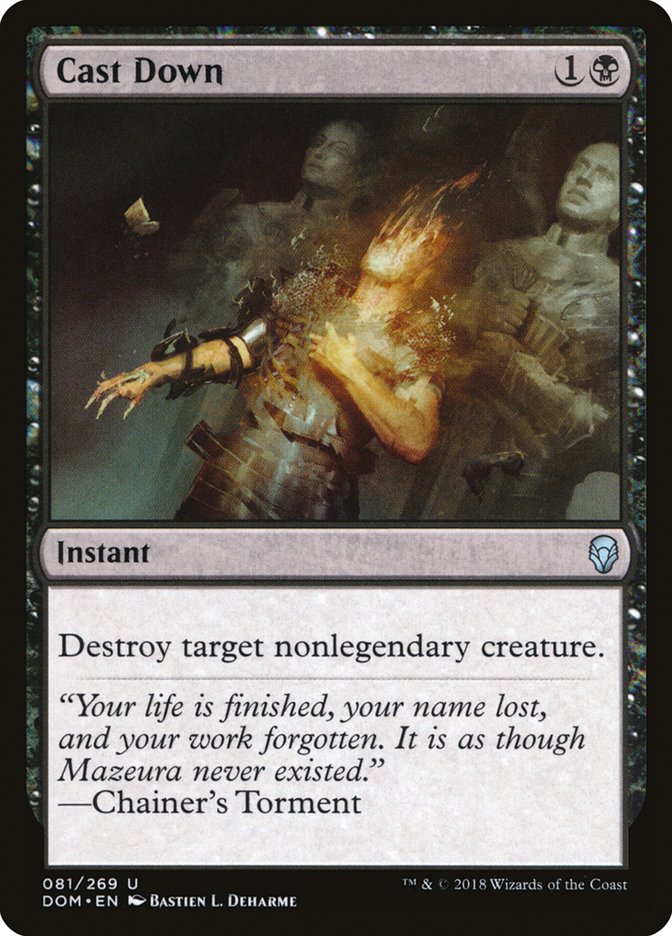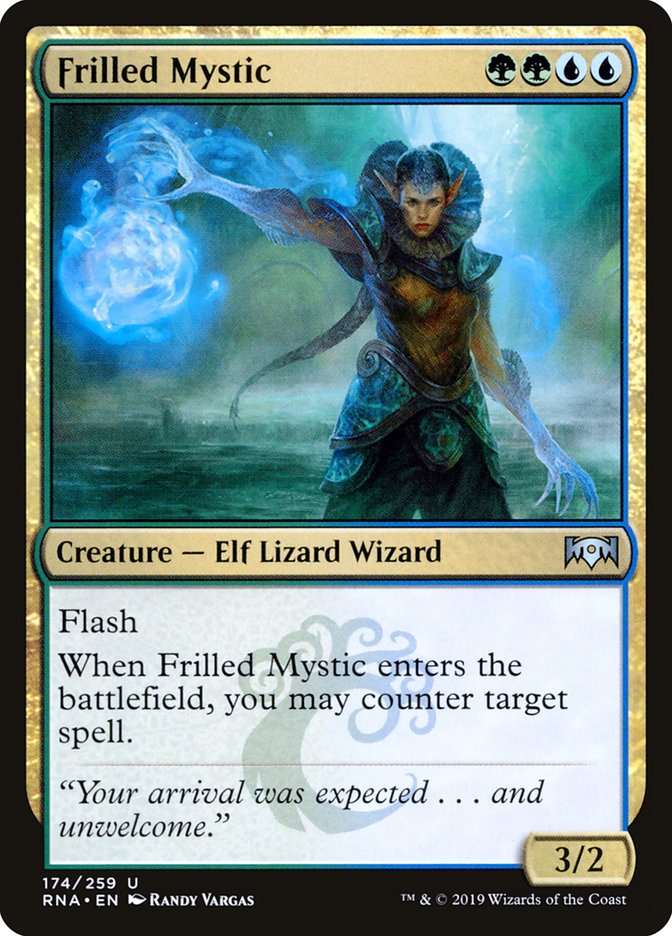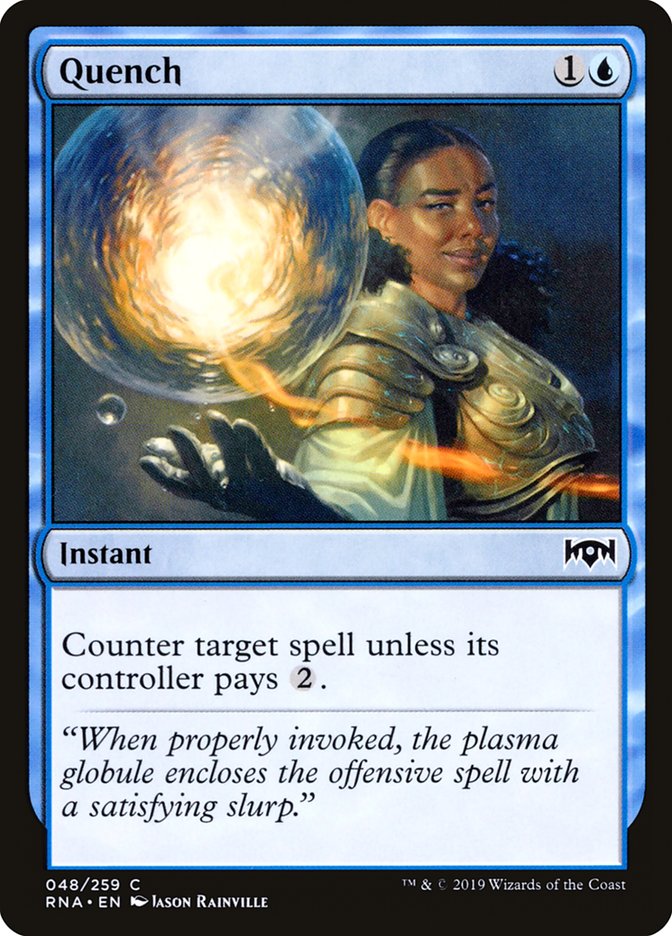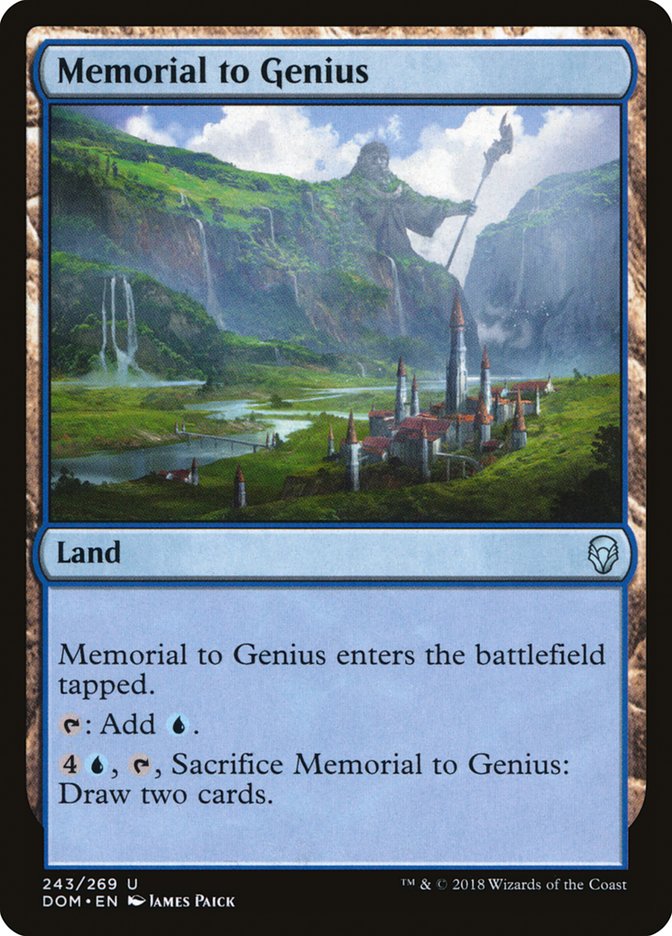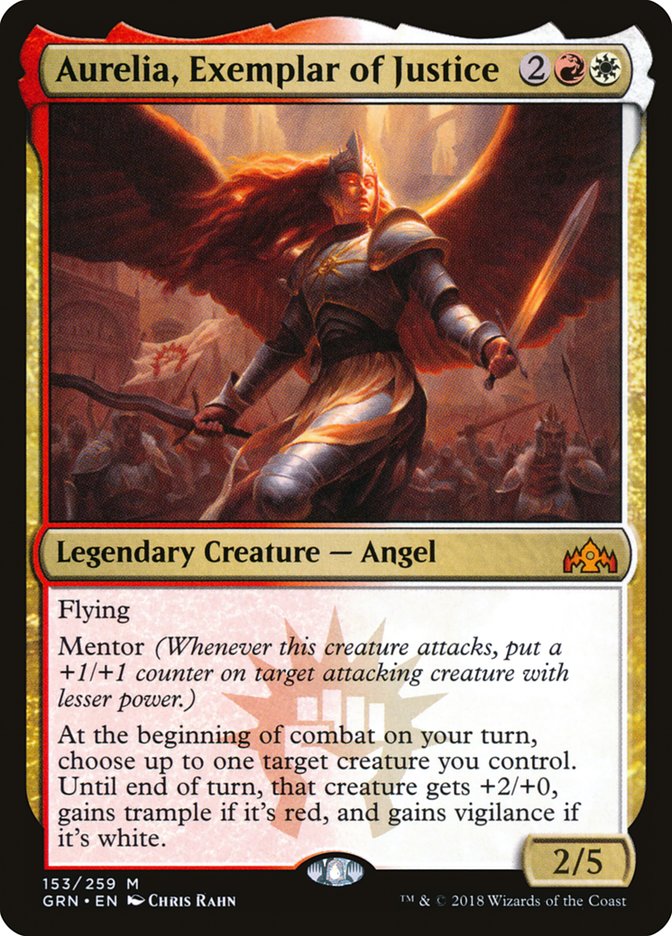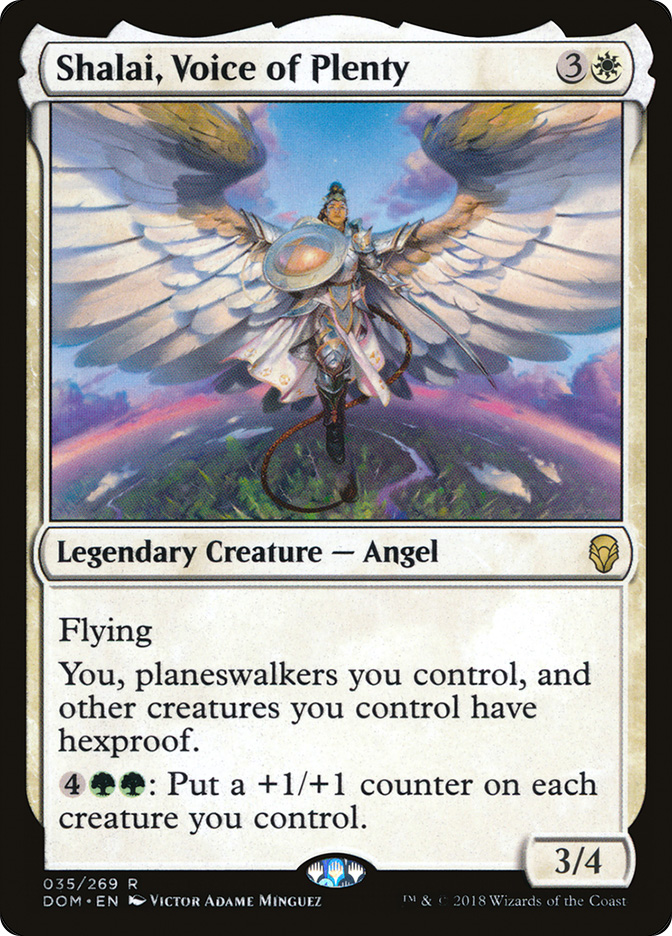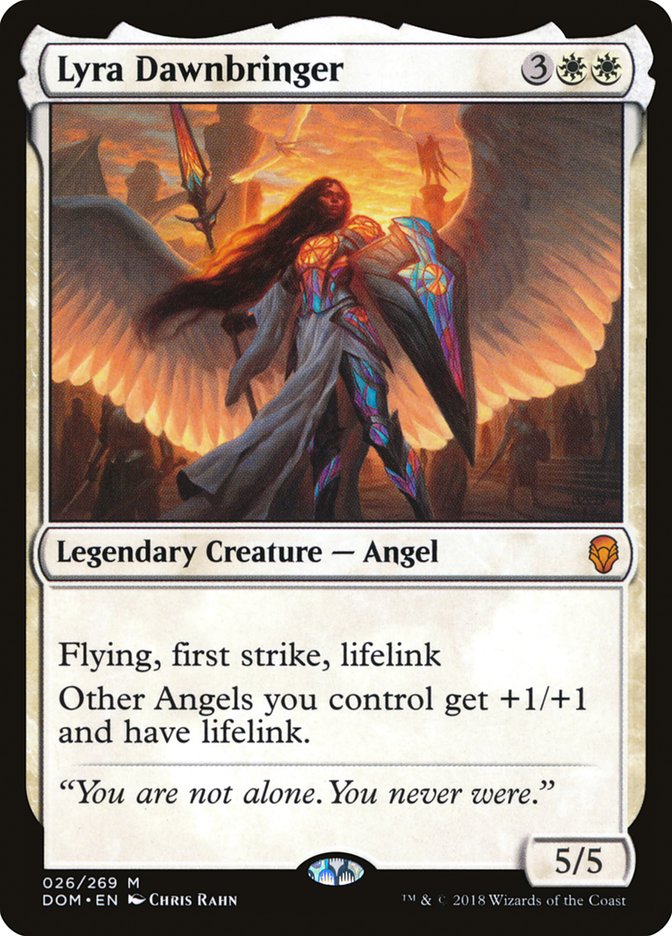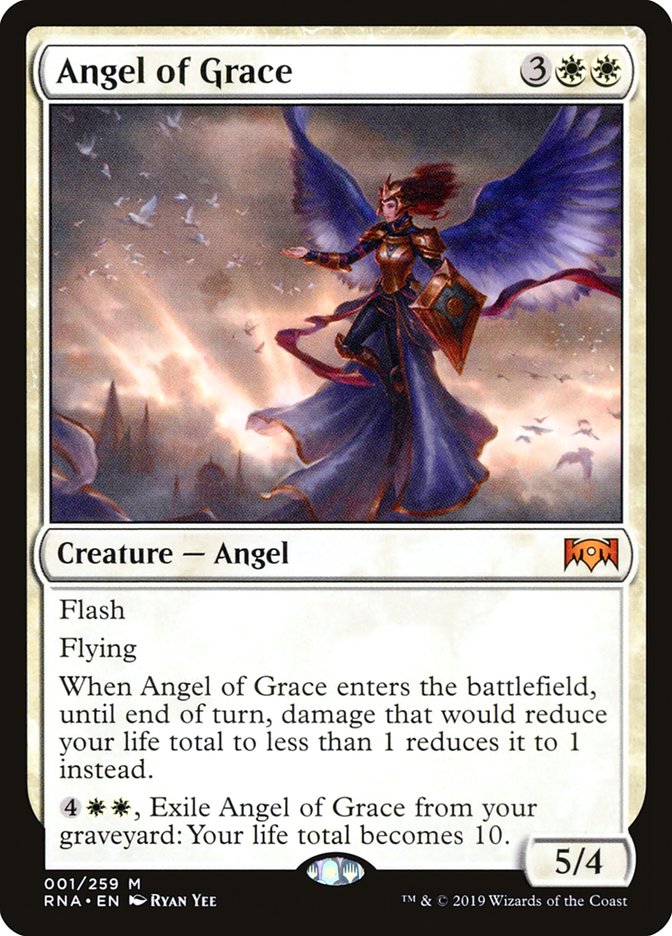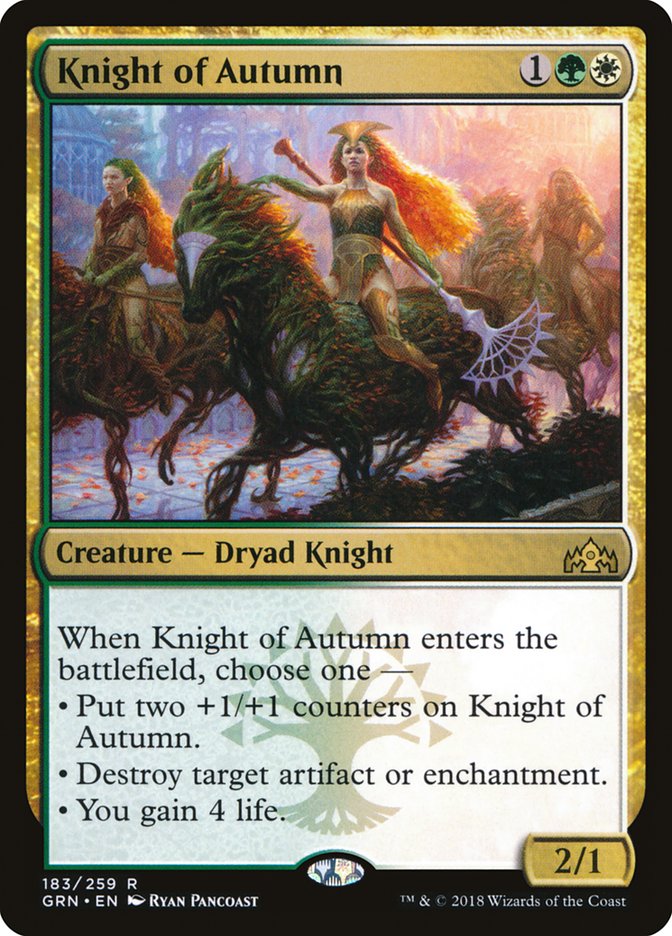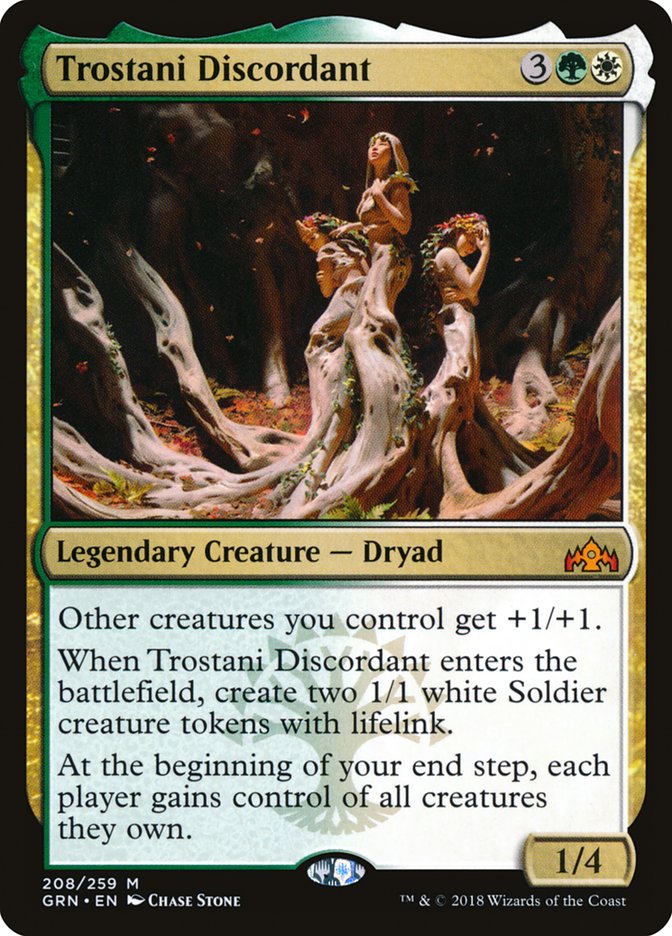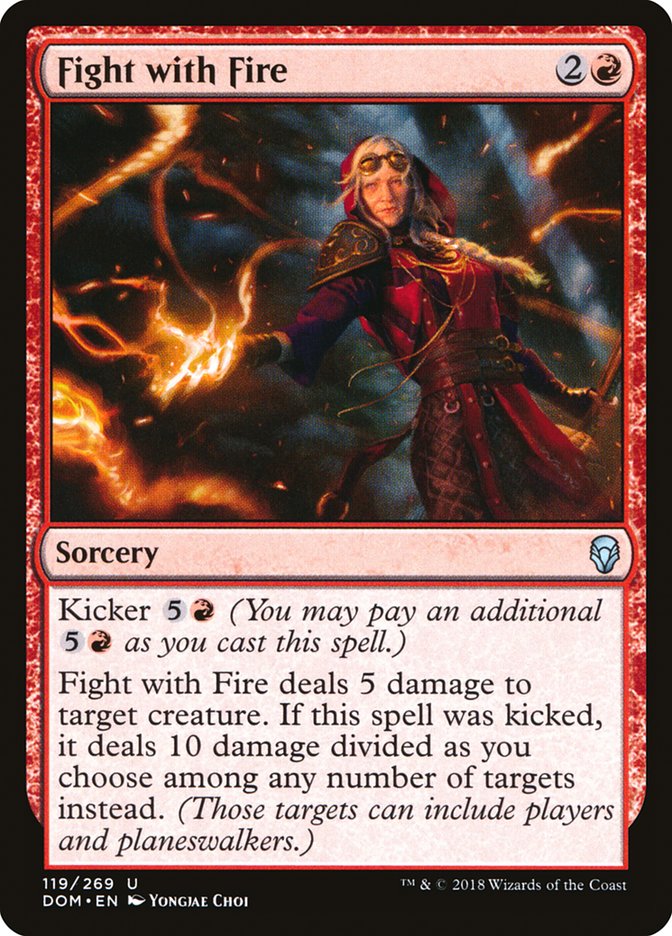Standard has continued to evolve, and with the Mythic Invitational this weekend, the stakes have never been higher. All eyes will be on this million-dollar tournament that brings with it another interesting wrinkle: Duo Standard.
Duo Standard is an alternative to sideboarding being tested by Wizards of the Coast in this event. The idea is that you bring two decks (they can have as much or as little overlap as you want, including being completely identical, if you so choose). You and your opponent each use one of your two decks at random. Then, in Game 2, you each use your other deck. Finally, if there’s a third game, you both choose which of your two decks you play.
This format is part of the inevitable move towards a world without sideboarding, on account of the long-term realities of Arena. The theory, presumably, is that decks in this format will look like best-of-one decks, keeping the legitimacy, while also providing a mechanism for balancing extremes. This matters because best-of-one will be more and more important, given just how much more accessible it is for digital play. Obviously, I am just speculating, but it’s not confusing what they are doing or why, and there’s nothing wrong with it, so long as they design the game with these constraints in mind.
What two decks folks will bring is an interesting question. You could bring two copies of the same deck (or nearly the same deck, perhaps with slightly tweaked choices to allow for optimization in Game 3). This approach would maximize the number of games you play with your “broken” strategy. Alternatively, you could play two decks that you believe give you the best matchups against the other possible two deck combinations you’re up against. If you believed your best deck had a fatal flaw, maybe you might bring a second deck that happens to match up very well against your best deck’s worst matchup. There are a lot of possibilities and it will be interesting to see if this depth materializes.
This Standard format has gone through plenty of phases, with Mono-Blue Aggro, Sultai Midrange, Esper Control, Azorius Aggro, and Wilderness Reclamation all enjoying time in the spotlight before making up the top five decks of the Mythic Championship in Cleveland. Here we are, a month later, and the format is continuing to evolve. For starters, when was the last time anyone talked about Dimir?
Creatures (11)
Planeswalkers (1)
Lands (25)
Spells (23)

Ashford Smith’s list from the Team Constructed Open is really built to maximize the power of Thief of Sanity and Hostage Taker.
Both are extremely powerful must-kill threats to begin with, but when you support them with four Thought Erasure and three Duress, they’re going to live a whole lot more often.
While we’ve seen this package in small numbers earlier in the format, Smith’s list notably also includes a dedicated Disinformation Campaign package with Discovery // Dispersal and Doom Whisperer to go along with those Thought Erasures.
While there’s a lot to like with this style of Dimir (assuming you specifically like Thief of Sanity and Hostage Taker), particularly against control and Mono-Blue, I don’t think this would be the first deck I’d want to bring to a tournament where I was expecting a resurgence of red decks.
This past weekend, that’s exactly what we saw. To begin with, there was plenty of exploration going on with regards to how to divide Experimental Frenzy and the various three-mana burn options and just how many creatures to play. There were also plenty of people splashing a very light touch of black or green into these nearly mono-red decks.
Some of the Gruul decks went a little more of a green creature direction, however. For instance, Daekyeung Bae took down Grand Prix Kyoto with the following smart evolution of Unclaimed Territory Gruul. A fast clock; threats that match up well against black removal (Growth-Chamber Guardian, Rekindling Phoenix, etc.); and tons of answers to Thief of Sanity, Hostage Taker, and even Doom Whisperer make this list a real problem for Dimir:
Creatures (26)
- 4 Rekindling Phoenix
- 3 Dire Fleet Daredevil
- 4 Goblin Chainwhirler
- 4 Kraul Harpooner
- 4 Gruul Spellbreaker
- 3 Skarrgan Hellkite
- 4 Growth-Chamber Guardian
Lands (24)
Spells (10)
Sideboard

Unclaimed Territory is important because it gives Gruul a third “good” multicolor land, enabling you to play a real second color despite also running Goblin Chainwhirler.
When this archetype first popped up, Unclaimed Territory was used to name Warrior or Goblin (either of which would enable Goblin Chainwhirler, as well as all the green creatures). Bae’s list replaces Zhur-Taa Goblin with Dire Fleet Daredevil and Siege-Gang Commander with Skarrgan Hellkite, removing the need to name Goblin. However, he doesn’t stop there. Two copies of Gruul Guildgate and a Forest supplement the twelve multicolor lands in order to better enable a Turn 2 Cindervines.
Cindervines has been a major factor in the decline of Wilderness Reclamation decks, while also functioning as a solid role-player in a number of matchups, like Esper.
I don’t know if I can really get behind two copies of Vivien Reid with only eleven green sources that can cast it, but I guess Domri, Chaos Bringer is sort of a twelfth source.
The added green mana from Guildgates also helps enable the half of Collision // Colossus that makes the card maindeckable (+4/+2 is a reasonable chunk of damage, no matter what your opponent is playing).
That said, it’s the Collision part of the card that really makes it exciting in the current format. Having such a powerful removal spell for Angels, Dragons, Tempest Djinn, and Doom Whisperers is a powerful dimension for red maindecks that would often be left wanting against such giant fliers. Between Collision and Kraul Harpooner, flying is really taking a beating this week.
Speaking of split cards, Status // Statue is also a big deal, here. The combination of Status // Statue and Goblin Chainwhirler has been discussed since the one-mana deathtouch trick was first unveiled, but the mana hasn’t always been there to support it. Even here, we see it getting played without even a Treasure Map to open up the possibility of black mana. This four-mana Plague Wind combo is a great way to break open standoffs, such as those created by Sultai decks locking up the game with Wildgrowth Walker.
While not quite as efficient of a game-ender, Status on Skarrgan Hellkite ain’t too shabby of a combo, either. Besides, even just combining it with a first strike creature gets you your money when times are lean.
Bae’s list wasn’t the only exciting Gruul deck at the top of the Grand Prix standings. Yoshihiko Tokuyama’s third-place list was a fairly different style, capitalizing on Rhythm of the Wild in lieu of Chainwhirler, meaning we also pick up Llanowar Elves.
Rhythm of the Wild does a pretty mean Fires of Yavimaya impression, to say nothing of its anti-permission powers. It works particularly well with big threats that already have riot. If you just had a way to give your creatures haste, every creature you played with riot would be a waste of value. However, if you played no creatures with haste, you’d be missing an extremely important dimension whenever you don’t have the enchantment. With riot, however, you get to have your cake and eat it too. You can give creatures like Gruul Spellbreaker haste naturally when needed, but you can also get an extra +1/+1 when Rhythm of the Wild is on the battlefield.
Creatures (26)
- 4 Llanowar Elves
- 3 Regisaur Alpha
- 1 Deathgorge Scavenger
- 1 Ghalta, Primal Hunger
- 3 Rekindling Phoenix
- 2 Thrashing Brontodon
- 4 Kraul Harpooner
- 4 Gruul Spellbreaker
- 4 Growth-Chamber Guardian
Planeswalkers (1)
Lands (23)
Spells (10)

Regisaur Alpha is another powerful haste threat that benefits from Rhythm of the Wild. Normally, only the 3/3 would have haste (well, the token and all your other Dinosaurs, I suppose). With Rhythm, you can get in there with the 4/4 as well.
Regisaur Alpha getting the nod over Skarrgan Hellkite and Siege-Gang Commander is interesting as a response to black spot removal and Cry of the Carnarium. However, it is especially spicy in this list on account of how many Dinosaurs we happen to have anyway.
Deathgorge Scavenger and Thrashing Brontodon don’t mind an extra attack, of course (particularly the Scavenger with that extra +1/+1 hit the turn you play it). The real sauce, however, is Ghalta, Primal Hunger. Regisaur Alpha is seven points of stats all by itself, meaning Ghalta costs just five on your next turn (which you conveniently have). Twelve is a lot of extra damage to attack for.
This combo looks great here, and in fact, with Rhythm of the Wild and Domri, Chaos Bringer also giving Ghalta haste, my biggest complaint with this list is that there’s only one Ghalta. The card seems great in the format right now, particularly when you consider just how many Cast Downs people are playing.
Rhythm of the Wild’s uncounterable text isn’t just for combating control decks like Esper, however. Frilled Mystic has continued to enjoy wide adoption, with an increasing number of archetypes making use of the card beyond just Nexus of Fate decks.
Creatures (20)
Planeswalkers (2)
Lands (24)
Spells (14)
Sideboard

Not only does Boyle’s list feature a playset of Frilled Mystics, it’s also got a playset of Quench (of all cards) for maindeck permission.
This is a tempo deck through and through, seeking to get ahead on mana and then snowball the advantage with card draw, permission, and bounce.
A full playset of Memorial to Genius to go along with the Chemister’s Insights, Hydroid Krasises, and Growth-Chamber Guardians is pretty interesting. That’s so much raw card draw, which really adds up to a powerful anti-removal plan. I’m not totally sure how this deck survives a fast red aggro assault, but maybe that’s the matchup where you choose your B-deck?
Perhaps the sweetest deck of the weekend came from Justin Stigger, piloting what might (debatably) be considered a Gruul variant itself. Here’s Justin’s take on the archetype, with a little twist…
Creatures (29)
- 4 Llanowar Elves
- 2 Lyra Dawnbringer
- 2 Shalai, Voice of Plenty
- 4 Knight of Autumn
- 2 Aurelia, Exemplar of Justice
- 3 Kraul Harpooner
- 4 Gruul Spellbreaker
- 2 Skarrgan Hellkite
- 4 Growth-Chamber Guardian
- 2 Angel of Grace
Lands (24)
Spells (7)

No big deal, just a Gruul Aggro deck splashing some Angels.
Which Angels?
Oh, you know, two of…
…all of them.
As if that wasn’t enough badassery, Justin also made room for a playset of Knight of Autumns, which I really appreciate here.
Destroying a Wilderness Reclamation, Search for Azcanta, Treasure Map, Experimental Frenzy, or History of Benalia is strong, and having such a great source of lifegain helps a lot against red. For everybody else, you could do a lot worse than a 4/3 for three with options.
Four Knight of Autumns and four Cindervines? Somebody has apparently had enough. He’s even got a couple of Vivien Reids, although this is starting to get into comical levels of five-drops once you factor in those maindeck Dragons alongside all the Angels. Are we really above playing Rekindling Phoenix once we’re down this road?
Okay, this is getting a little ridiculous. I do think Trostani is an underrated sideboard card (outside of token decks, where it is just standard operating procedure), but I’m not sure how much we’re really gaining here that’s worth having to sideboard another Tier 1 five-drop out. I guess it’s some added protection against Entrancing Melody?
I’ve always liked Fight with Fire, but this list has so many ways to spend three mana well and is a little shy on two. I mean, you aren’t always going to have Llanowar Elves. I would not hate more Lava Coils at all, or even another Collision // Colossus.
As far as spending three mana goes, Deafening Clarion definitely gets it done here, though. Such a large number of our threats live through it, and the lifegain from giving our team lifelink is going to be game-winning in a lot of spots.
While this past weekend’s best performers were various red and white aggro decks, along with a reasonable showing from Sultai, I’ve got a feeling we haven’t seen the last of Mono-Blue and Esper. As for Wilderness Reclamation, I could see a tempo-based build turning some heads this weekend, but I don’t think the combo builds are necessarily well-suited to the Duo Standard format.
If it were me playing for the million dollars?
I think I’d have one Sultai deck and one Gruul deck, but I’d like to think I would have found a way to bring Esper back…


